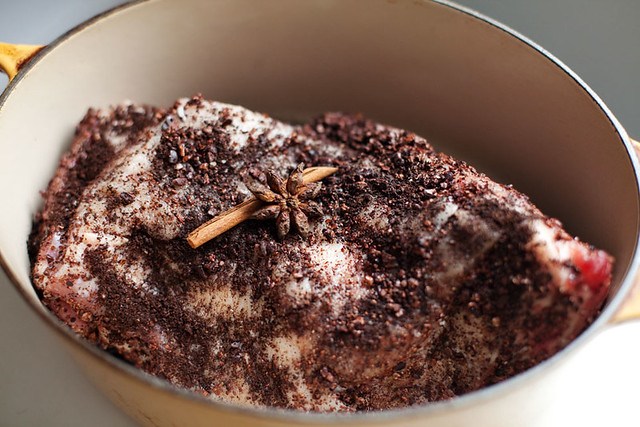For wine enthusiasts, the term “vintage” often sparks curiosity, but its actual importance varies significantly depending on the type of wine. While vintage – the year grapes are harvested – is critical for premium and collectible wines, its relevance diminishes for mass-produced, everyday drinking bottles.
Premium Wines and Vintage: In regions like Burgundy, Napa, and Piedmont, a wine’s vintage is a significant indicator of quality and aging potential. Vintage charts, compiled by experts, can guide consumers to peak drinking windows.
Mass-Produced Wines and Consistency: Mass-produced wines often undergo cellar manipulations to ensure consistent taste year after year, minimizing the impact of vintage variation. These techniques can include adding sugar, oak chips, coloring agents, or flavorings, as well as acidification.
Quality-Focused Producers adapt to variable conditions. Even among non-mass-produced wines, producers will adjust their practices, such as pick dates, the use of whole clusters during vinification, or fermentation and aging vessels, to craft the best wines despite weather differences.
Tools for Assessment: Consumers can consult vintage charts and expert reviews to learn more about specific vintage conditions and quality. The best method for assessment is simple: tasting, studying, and repeating.
“The term ‘vintage’ in wine refers to the year the grapes were harvested and the wine was made, rendering it a snapshot of that specific year’s growing conditions,” says João Castro, sommelier at Wild Honey
While vintage can affect a wine’s character to varying degrees, the US wine market sees broader trends affecting perceptions. The year 2025 may see a market reset due to oversupply and shifting consumer preferences, such as increasing interest from Millennials and Gen Z in white wines, sparkling alternatives, and natural expressions.
While marketing campaigns may highlight vintage, its significance depends on the specific wine. Savvy consumers can use vintage charts and expert reviews to assess the quality of fine wines, however this can be less important for mass-produced offerings.


















